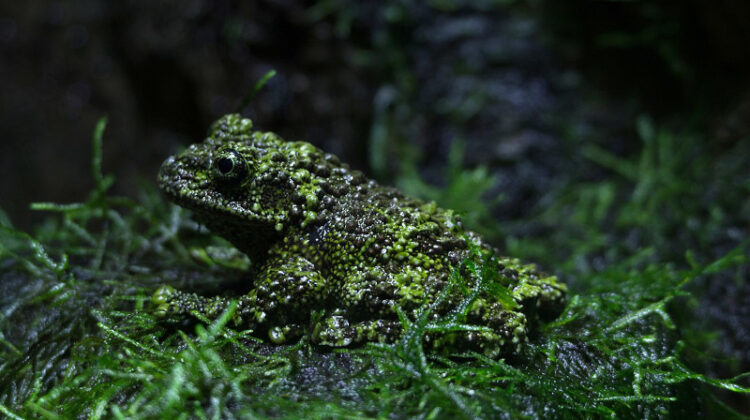
Theloderma corticale is a species of frog native to Southeast Asia. Known as the Vietnamese mossy frog, this amphibian is famous for its unique appearance and remarkable ability to blend in with its surroundings.
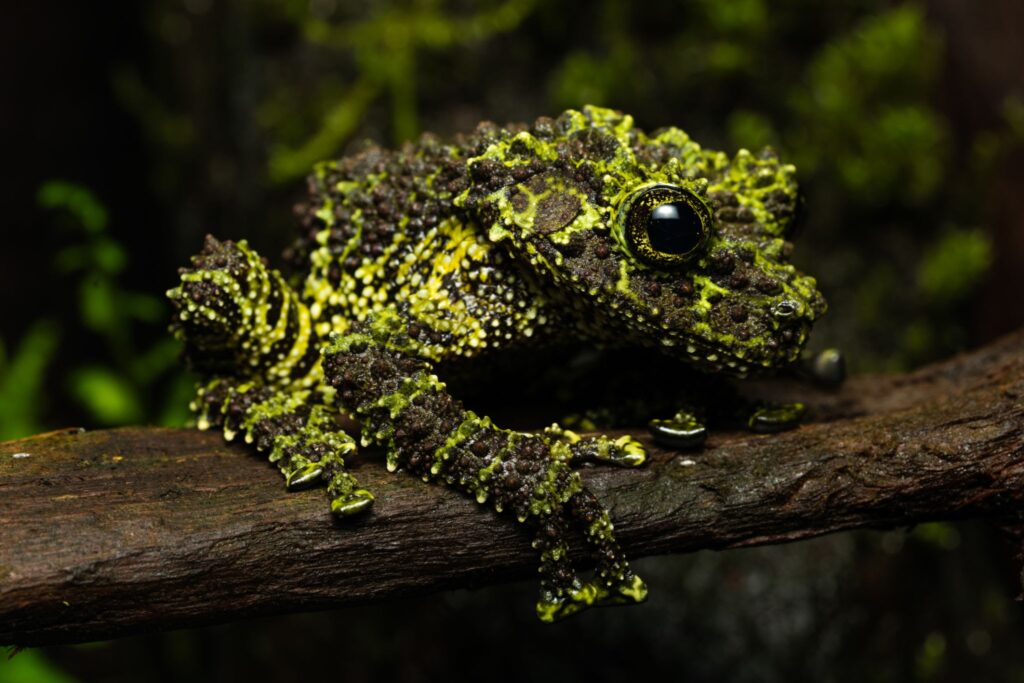
The Vietnamese mossy frog’s name is derived from its appearance, which resembles a clump of moss or lichen. Its skin is bumpy and rough, with a coloration that ranges from green to brown, depending on the surrounding environment. This frog is known for its remarkable ability to camouflage, and when it is at rest, it looks like nothing more than a lump of moss or bark.
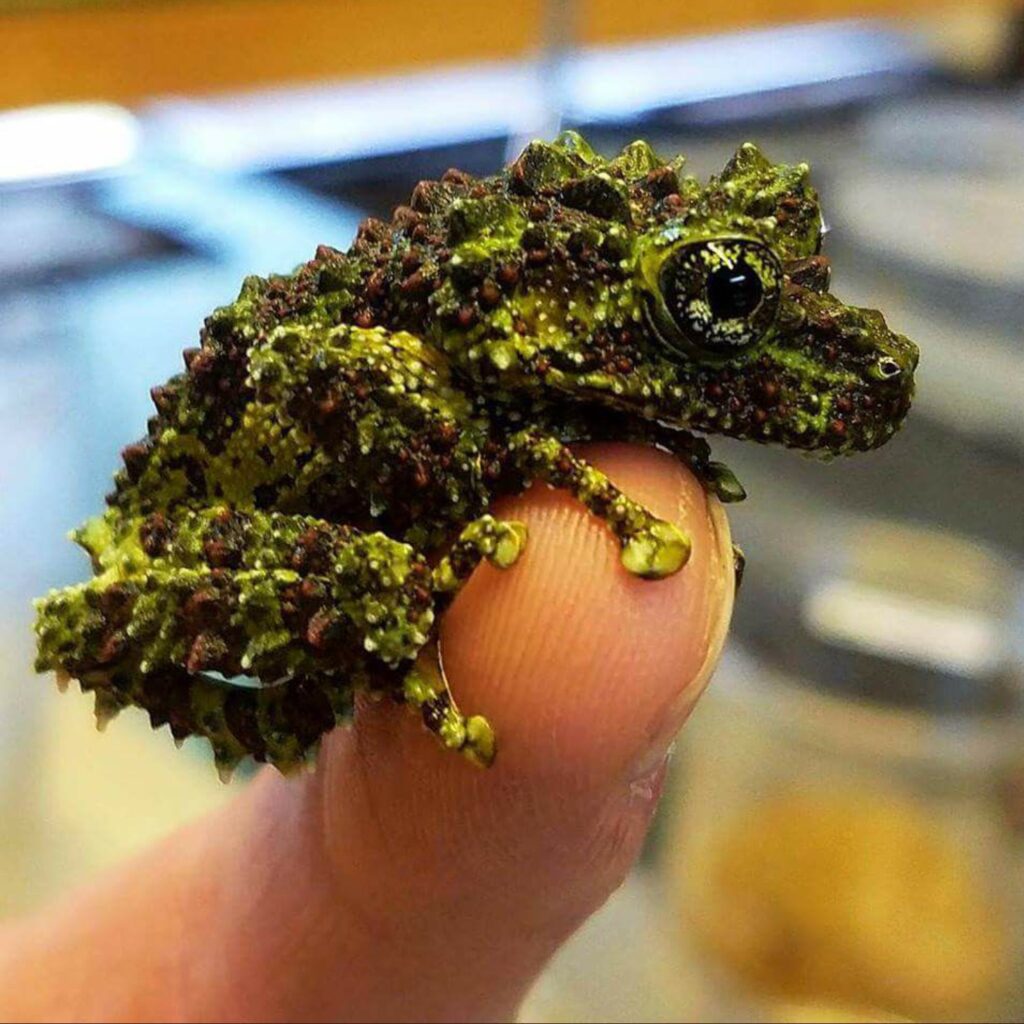
Theloderma corticale is a relatively small frog, typically measuring between 4 and 6 cm in length. It has large, bulbous eyes, which it uses to navigate and hunt for prey. This frog is a skilled climber, thanks to its webbed toes and adhesive pads on its feet, which allow it to cling to surfaces and move through its habitat with ease.
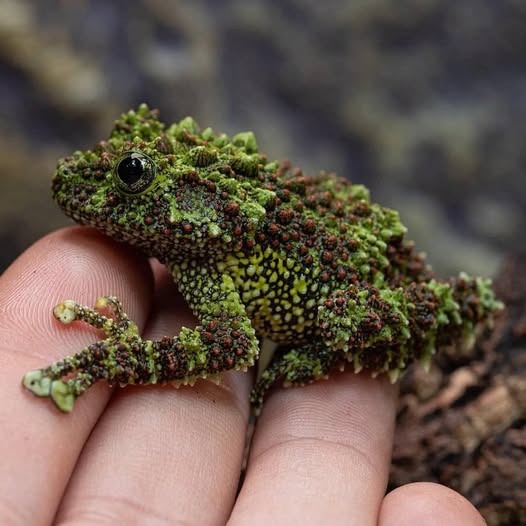
The Vietnamese mossy frog is found in the forests and wetlands of Southeast Asia, particularly in Vietnam, Laos, and Cambodia. Its habitat is under threat from deforestation and pollution, which have led to a decline in the species’ population.
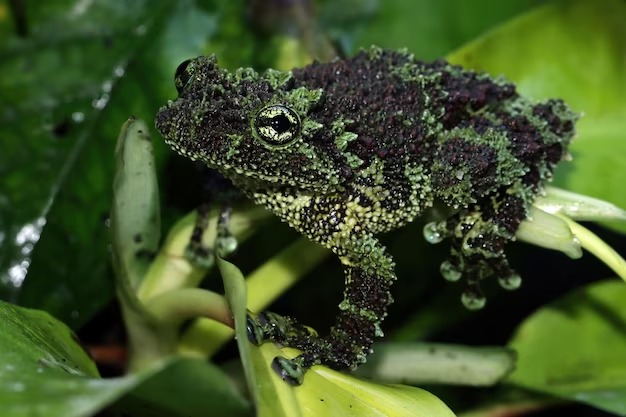
Despite its unique appearance, the Vietnamese mossy frog is not often kept as a pet due to its sensitive nature and specialized care requirements. In its natural habitat, this frog feeds on insects, spiders, and other small invertebrates.

The discovery of Theloderma corticale has provided a valuable insight into the biodiversity of the Southeast Asian region, and its distinctive appearance has made it a popular subject of study and fascination among herpetologists and nature enthusiasts alike.

Leave a Reply